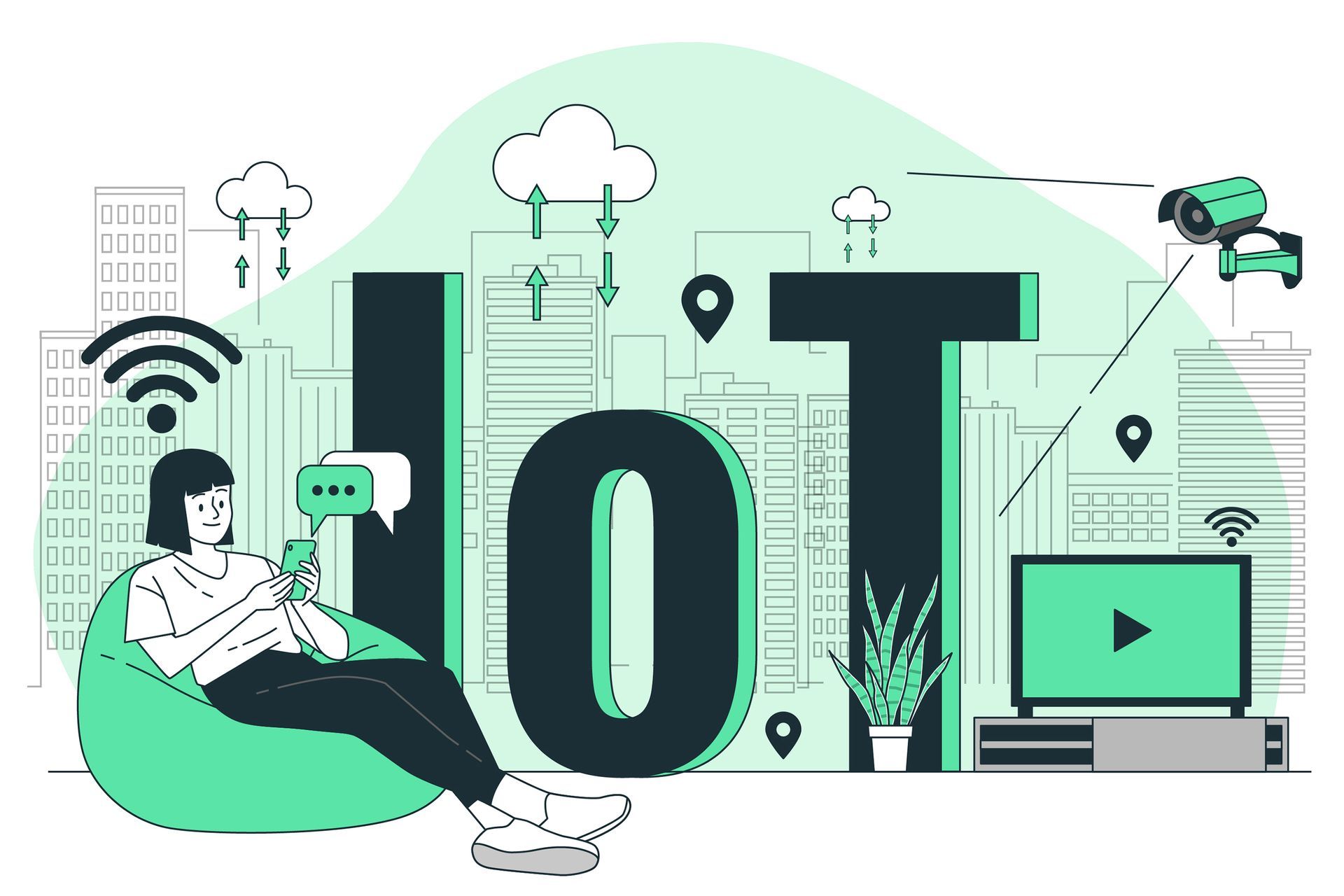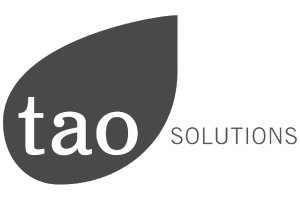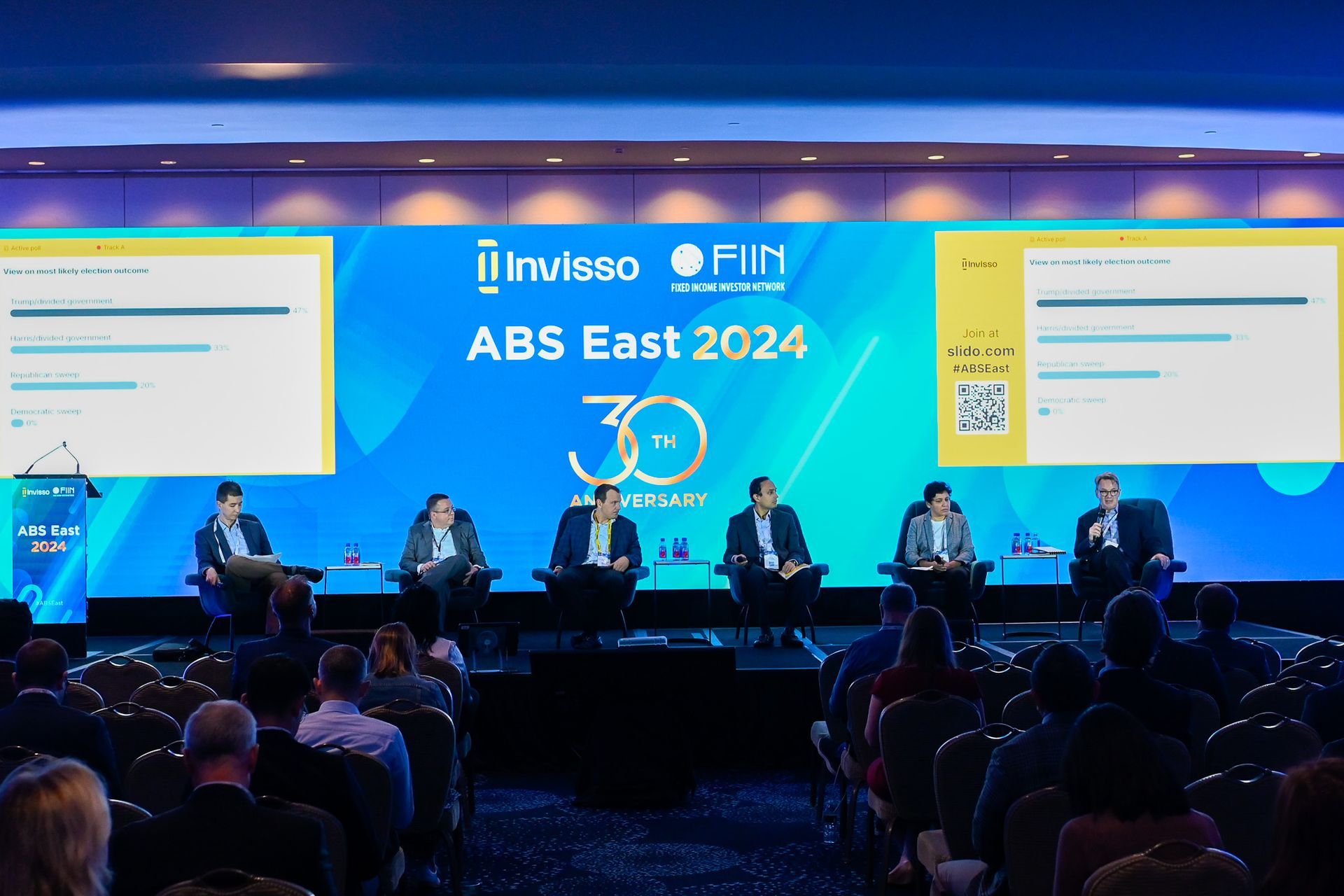The Role of IoT in Asset Management and Equipment Finance
The advent of the Internet of Things (IoT) disrupted business models in many industries, and it is no different in equipment finance. The IoT is the network of connected devices that exchange data with each other in real time. In the context of equipment finance, IoT enables leased assets to be instrumented with sensors and smart devices, opening up great opportunities and efficiencies.
Enhanced Asset Tracking and Monitoring
Perhaps the clearest benefit of an IoT application in equipment finance is improved tracking and monitoring: IoT can enable tracking and monitoring of the real-time location and usage of physical assets. A fleet management case illustrates the value; combining GPS sensors with diagnostic capabilities, IoT enables vehicles to
track and transmit data relating to where they are, and in the state of the onboard mechanical systems and other subcomponents. These benefits apply to more than just ensuring that vehicles aren’t stolen or misused. Knowing the precise location of equipment enables improved safety and reliability in all manner of services, not just fleet management. For the benefit of leasing companies via leased equipment, real-time tracking enables the prevention of theft or misuse, and better route planning. It can also enable the prevention of unintended and unwanted wear and tear on the vehicles due to patterns of usage that might exceed policy or safety tolerances. IoT also allows for a more precise services agreement against assets and allows insurance providers and equipment financiers to be more bespoke in their quotes.

Preventive Maintenance and Operational Efficiency
IoT can also play a major role in preventive maintenance that helps to keep assets in use for as long as possible and within optimal operating parameters. By constantly monitoring the status of assets, IoT devices can help
detect any anomalies that may signal a looming failure that could be resolved much earlier, before the asset actually breaks down. Early detection of anomalies can prevent the high expenses of equipment breakdown, which may come with costly downtime and other inconveniences, and thereby lowering the value of the affected equipment . With effective IoT, sensors in construction equipment may alert the vendors that wear and tear is rising, therefore allowing for timely interventions that can prevent downtime and save on expenses.
Data Analytics and Decision Making
Analytic capabilities can benefit enormously from the data collected by IoT devices by gaining remarkable insights into asset performance, usage patterns and operative efficiencies. This information becomes a solid foundation for decision-making, particularly as it relates to asset lifecycle management, pricing structures, risk assessment and market strategies, including the number and type of assets to procure. For example, if data analysis reveals an uneven picture of utilization, it might be useful to rethink procurement strategies. Certain types of equipment that are needed infrequently might be made available only on an ad hoc basis, with leasing companies offering them on short term loans. Meanwhile, other types of equipment might demonstrate greater-than-anticipated usage which would encourage lessors to recalibrate their contract terms to maximize end-of-lease values and encourage better operating practices for the equipment’s owners.
Challenges and Considerations in Implementing IoT in Equipment Finance
There are several benefits to deploying IoT for asset management, but it has its challenges as well. Setting up IoT as a monitoring device for assets can be expensive to implement, with SMEs having to start with bigger investments. Furthermore, introducing IoT technology requires technical expertise, requiring the retraining of staff or hiring new experts.
Separately, there is the issue of protecting data – because devices are always sending data, much of it sensitive to the user, it is important to make sure this data is transmitted safely using secure means, and to ensure that the data’s integrity and protection comply with cybersecurity measures against unauthorized access. Furthermore, IoT companies may collect and receive sensitive personal data from users, for which strict privacy regulations must be adhered to.
In order to drive adoption of IoT within equipment finance, data must be collected and available across the full supply chain from vendor to lender. The best chance of strategic adoption will come from equipment finance software providers such as
LeaseSpark. LeaseSpark is an end to end solution for all types of equipment financiers. With services such as LeaseSpark working with lessors interested in monitoring data for wear and tear on their assets, the data can be aggregated and analyzed via secure APIs directly into the application This provides a net positive experience for both the lender and lessee making sure any preventative maintenance can happen to ensure equipment longevity.
Conclusion
Equipment finance companies that want to address these challenges head-on and benefit from the transformative power of the IoT will likely have a considerable competitive advantage in the asset finance marketplace. As we continue to see advancements in IoT technology, it will become more prominent in the future of equipment finance. Assets will become smarter, operations will become more fluid and all participants will be able to make better-informed business decisions. There should no longer be a question of whether we should embrace IoT, but instead, how quickly we can embrace it to stay ahead of the curve. However, in order to embrace IoT effectively, it will require all participants in the equipment finance ecosystem such as the lenders, vendors and software providers all working together to provide fluid data protection and analysis.



Case Studies
InfoHUB
©2025 TAO Solutions
Terms & Conditions | Privacy Policy | SOC 2 | ISO | Gold MS Partner | Accessibility








